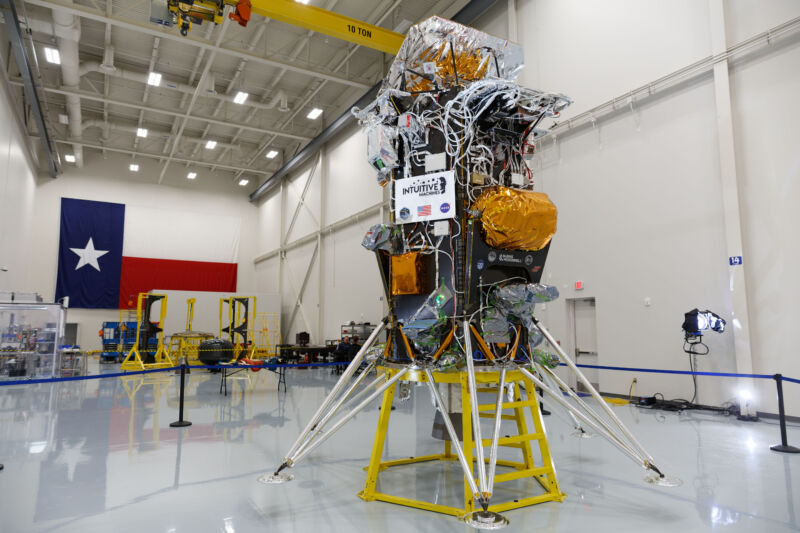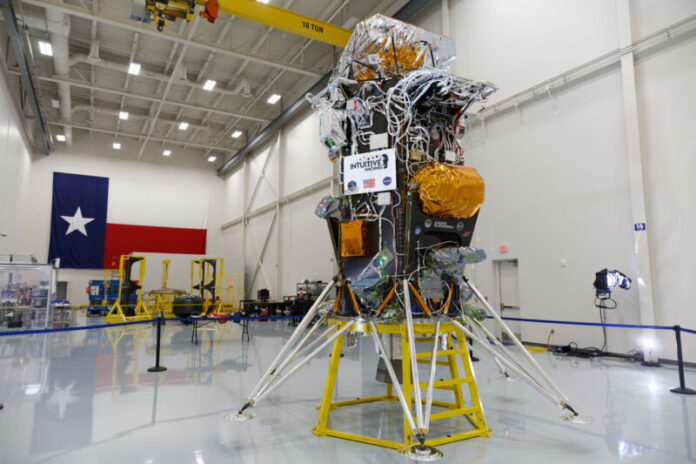
Enlarge / The Nova-C lander is seen at Intuitive Machines' facility in Houston, Texas. (credit: Lee Hutchinson)
HOUSTON—It has been 18,558 days since the United States landed a spacecraft on the Moon.
And counting.
NASA has not sent a spacecraft to make a soft landing on the Moon since the Apollo 17 mission in December 1972. Since that time, the Soviet Union, China, and India have successfully landed there, but the United States has gone elsewhere. There are various reasons for this, including a sharp focus by NASA on exploration of Mars. But now that is finally about to change.
Read 15 remaining paragraphs | Comments
Ars Technica - All contentContinue reading/original-link]




